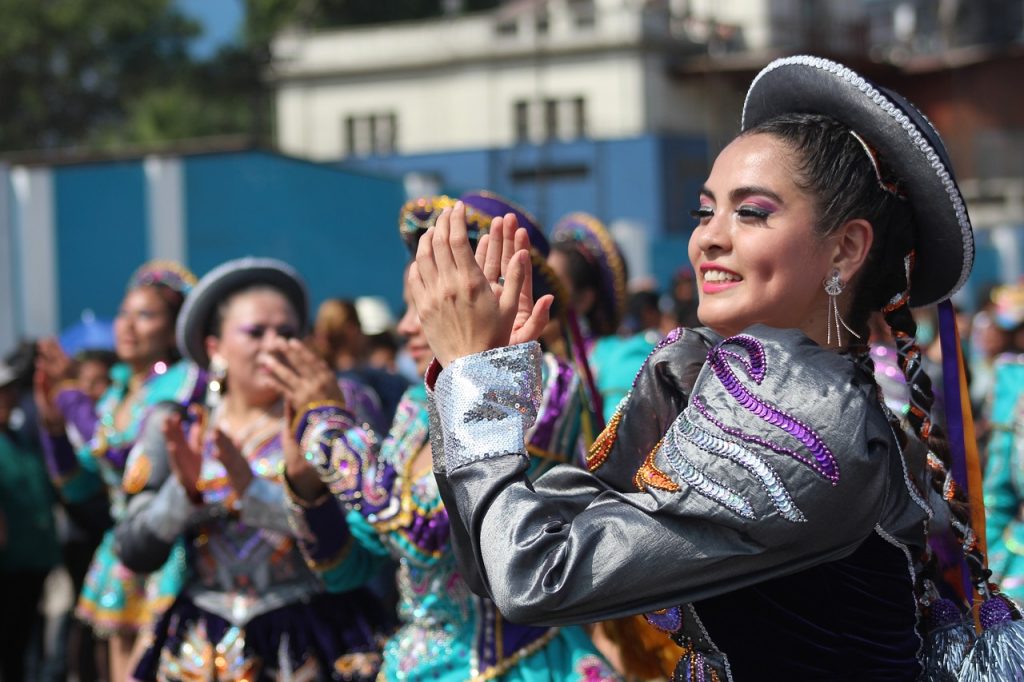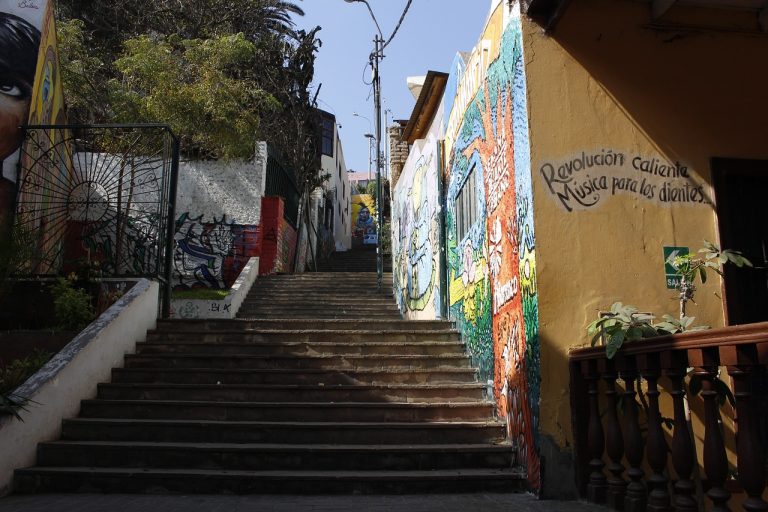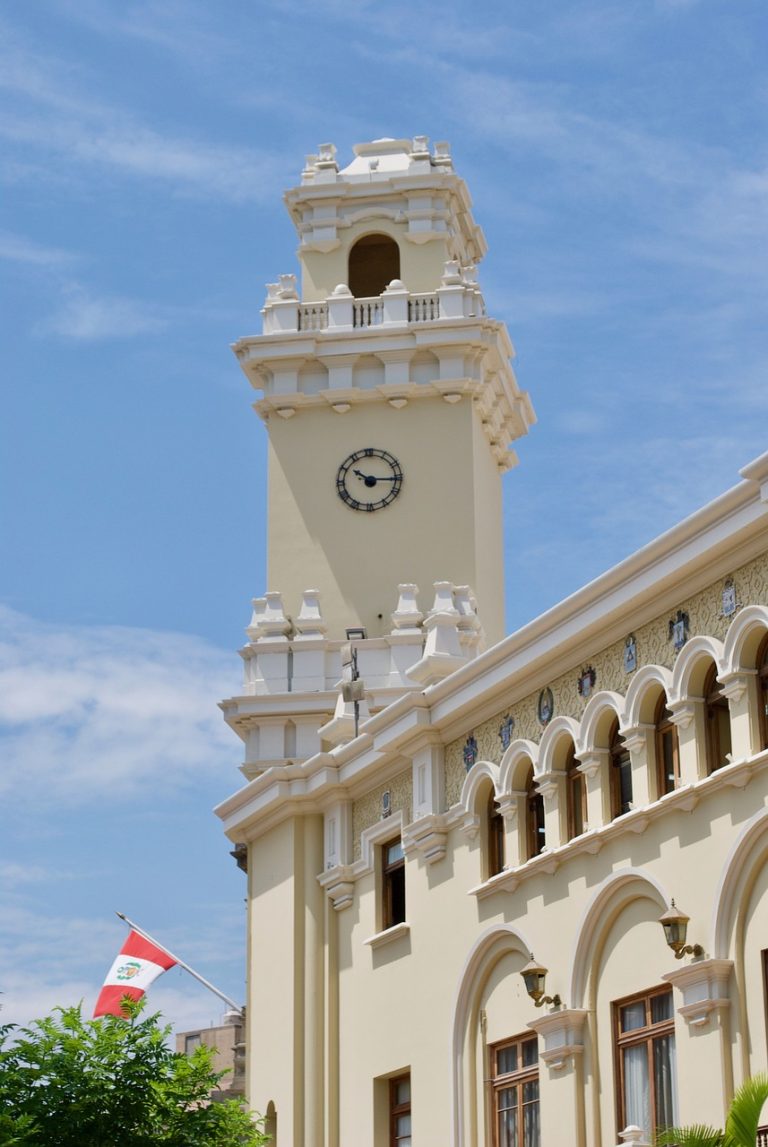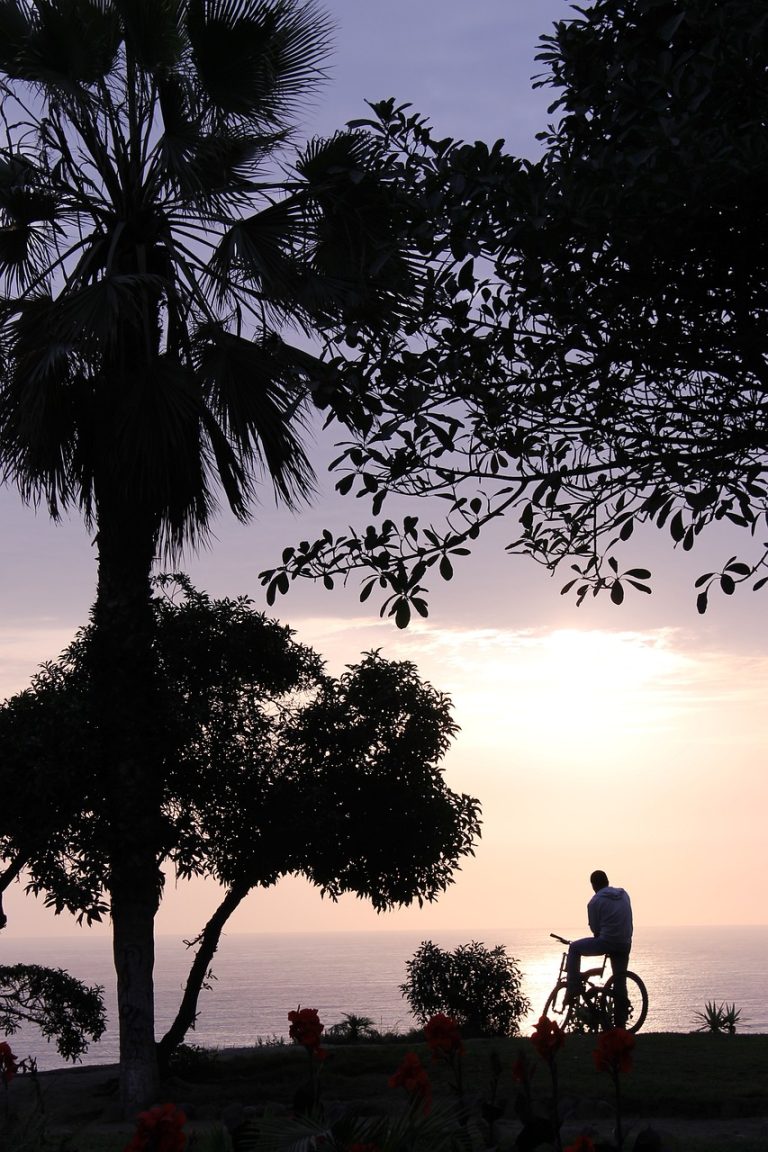Lima Peru Video
Historical Treasures of Lima Peru: Reliving the Past
Lima, the capital city of Peru, is a treasure trove of history and culture. From ancient civilizations to colonial architecture, Lima has a rich heritage that attracts visitors from around the world. In this article, we will explore the historical treasures of Lima and take a journey back in time to relive the past.
Machu Picchu: The Lost City of the Incas
- Keywords: Machu Picchu, Inca civilization, archaeological site
Machu Picchu, the iconic archaeological site nestled high in the Andes Mountains, is one of the most famous historical treasures in Peru. Built by the Inca civilization around the 15th century, this “Lost City of the Incas” remained hidden from the world until its rediscovery in 1911. The site showcases the incredible engineering skills of the Incas, with its terraces, temples, and intricate stone structures. A visit to Machu Picchu is like stepping back in time and experiencing the grandeur of the Inca Empire.
Lima Peru Image 1:
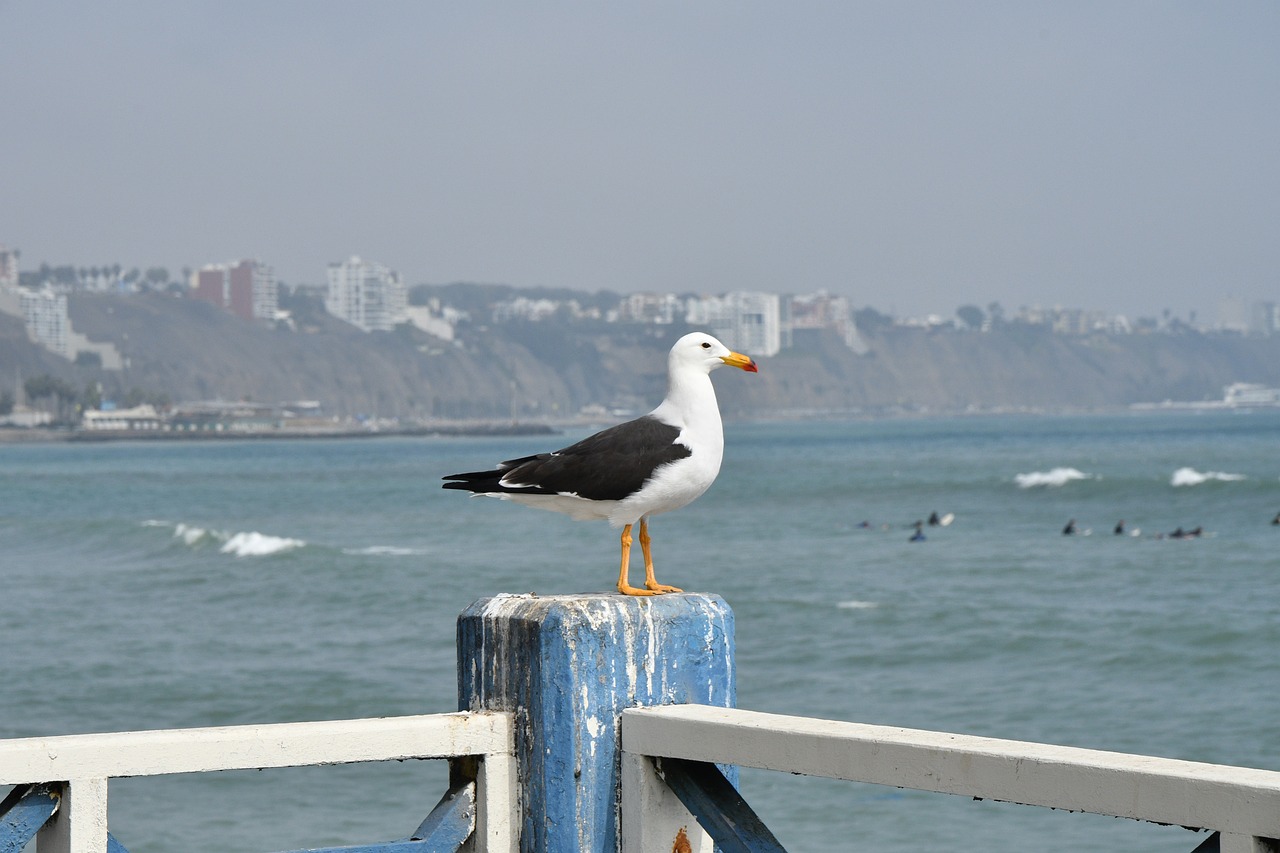
The Historic Center of Lima: A UNESCO World Heritage Site
- Keywords: Historic Center, UNESCO World Heritage Site, colonial architecture
The Historic Center of Lima, also known as the “City of the Kings,” is a UNESCO World Heritage Site and a testament to the city’s colonial past. The center is home to numerous architectural gems, including the Plaza Mayor, which features the Government Palace, the Cathedral of Lima, and the Archbishop’s Palace. The streets are lined with beautifully preserved colonial buildings, showcasing the Spanish influence on the city’s architecture. Exploring the Historic Center is like stepping into a living history book.
San Francisco Monastery and Catacombs
- Keywords: San Francisco Monastery, Catacombs, religious heritage
The San Francisco Monastery and Catacombs are a must-visit for history enthusiasts. This 17th-century complex is not only a beautiful example of colonial architecture but also holds a dark secret beneath its surface. The catacombs, a network of underground tunnels, served as a burial site during the colonial era. Today, visitors can explore the eerie catacombs and learn about the city’s past through the bones and remains that lie within. The San Francisco Monastery offers a unique glimpse into Lima’s religious and funerary traditions.
Lima Peru Image 2:
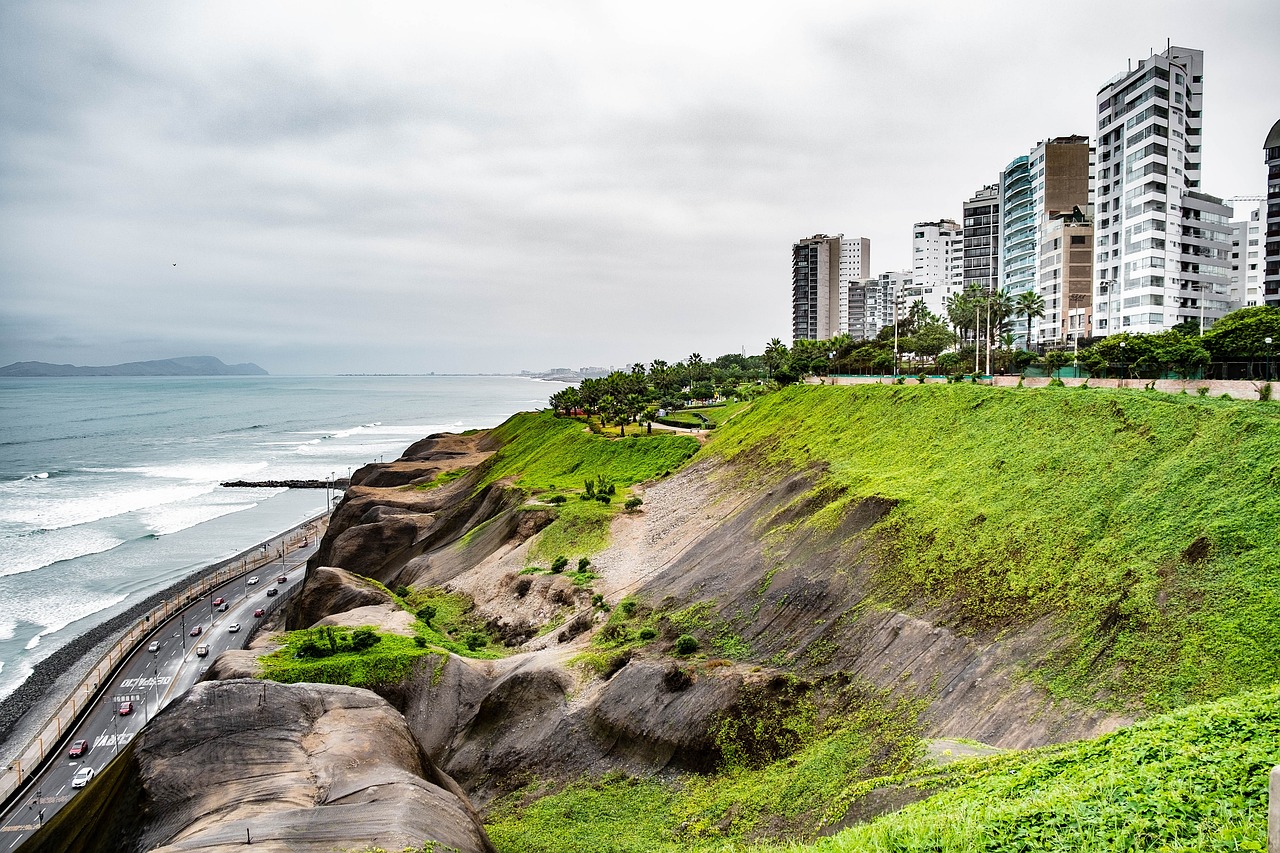
The Larco Museum: Preserving Peru’s Ancient Treasures
- Keywords: Larco Museum, ancient artifacts, pre-Columbian civilizations
The Larco Museum is a treasure trove of ancient artifacts from Peru’s pre-Columbian civilizations. Located in a beautifully restored 18th-century mansion, the museum houses a vast collection of ceramics, textiles, and gold and silver objects. Visitors can explore the museum’s galleries, which provide a comprehensive overview of Peru’s rich cultural heritage. The Larco Museum is a valuable resource for understanding the history and artistic achievements of the ancient civilizations that thrived in the region.
The Huaca Pucllana: An Ancient Pyramid in the Heart of Lima
- Keywords: Huaca Pucllana, archaeological site, pre-Inca civilization
The Huaca Pucllana is an archaeological site that offers a glimpse into the pre-Inca past of Lima. This ancient adobe pyramid was built by the Lima civilization around 500 AD and served as a ceremonial and administrative center. Today, visitors can explore the ruins and learn about the rituals and daily life of the people who inhabited the area centuries ago. The Huaca Pucllana is a fascinating testament to the region’s ancient history.
Lima Peru Image 3:
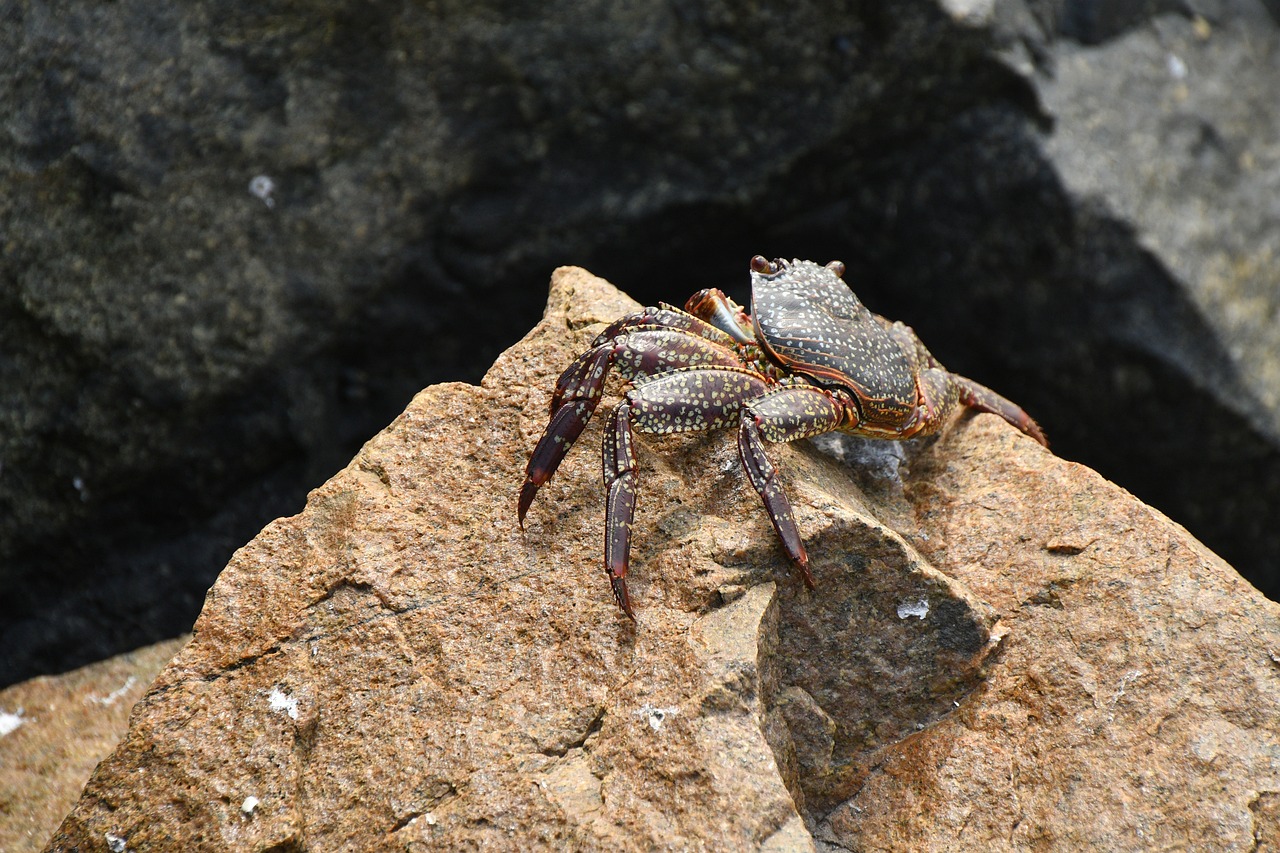
The National Museum of Archaeology, Anthropology, and History of Peru
- Keywords: National Museum, archaeology, anthropology, history
The National Museum of Archaeology, Anthropology, and History of Peru is a hub of knowledge and research on Peru’s ancient civilizations. The museum’s extensive collection spans thousands of years of history, featuring artifacts from various cultures, including the Chavín, Moche, and Nazca civilizations. Visitors can explore the museum’s exhibits, which provide insights into the diverse cultural heritage of Peru. The National Museum is a must-visit for anyone interested in delving deeper into the country’s past.
The Pachacamac Archaeological Complex
- Keywords: Pachacamac, archaeological complex, pre-Columbian temples
The Pachacamac Archaeological Complex is a vast site that showcases the religious beliefs and architectural prowess of Peru’s pre-Columbian civilizations. Located just outside of Lima, the complex features temples, pyramids, and plazas built by cultures such as the Lima, Wari, and Inca. The site is dedicated to the deity Pachacamac and was an important pilgrimage destination in ancient times. Exploring the Pachacamac Archaeological Complex offers a fascinating glimpse into the spiritual practices of Peru’s ancient civilizations.
The Plaza de Armas: Lima’s Main Square
- Keywords: Plaza de Armas, main square, city center
The Plaza de Armas, also known as the Plaza Mayor, is the heart of Lima’s city center and a focal point for both locals and visitors. Surrounded by colonial buildings, including the Government Palace and the Cathedral of Lima, the square exudes a sense of history and grandeur. It serves as a gathering place and a venue for various events and celebrations. The Plaza de Armas is a vibrant hub that reflects the city’s past and present.
The Magic Water Circuit: A Spectacular Display of Fountains
- Keywords: Magic Water Circuit, fountains, light show
The Magic Water Circuit is a modern attraction that combines water, light, and music to create a mesmerizing spectacle. Located in the Parque de la Reserva, this series of fountains holds the Guinness World Record for the largest fountain complex in the world. Visitors can enjoy the stunning displays of water jets, synchronized lights, and music that create a magical experience. The Magic Water Circuit is a testament to Lima’s ability to blend history with modern entertainment.
The Cathedral of Lima: A Symbol of Faith and History
- Keywords: Cathedral of Lima, religious architecture, historic landmark
The Cathedral of Lima, located in the Historic Center, is a magnificent example of religious architecture and a symbol of Lima’s history. Construction of the cathedral began in the 16th century and continued over several centuries. The cathedral showcases a mix of architectural styles, including Gothic, Baroque, and Neoclassical. Inside, visitors can admire the intricate woodwork, religious paintings, and the tomb of Francisco Pizarro, the Spanish conquistador who founded Lima. The Cathedral of Lima is a must-visit for its historical and artistic significance.
Conclusion
Lima, Peru’s capital city, is a treasure trove of historical wonders. From the awe-inspiring ruins of Machu Picchu to the beautifully preserved colonial architecture of the Historic Center, Lima offers a unique opportunity to relive the past. Museums, archaeological sites, and landmarks provide a glimpse into the ancient civilizations that once thrived in the region. Whether exploring the catacombs beneath the San Francisco Monastery or admiring the religious art in the Cathedral of Lima, visitors can immerse themselves in the rich history and culture of this vibrant city.

